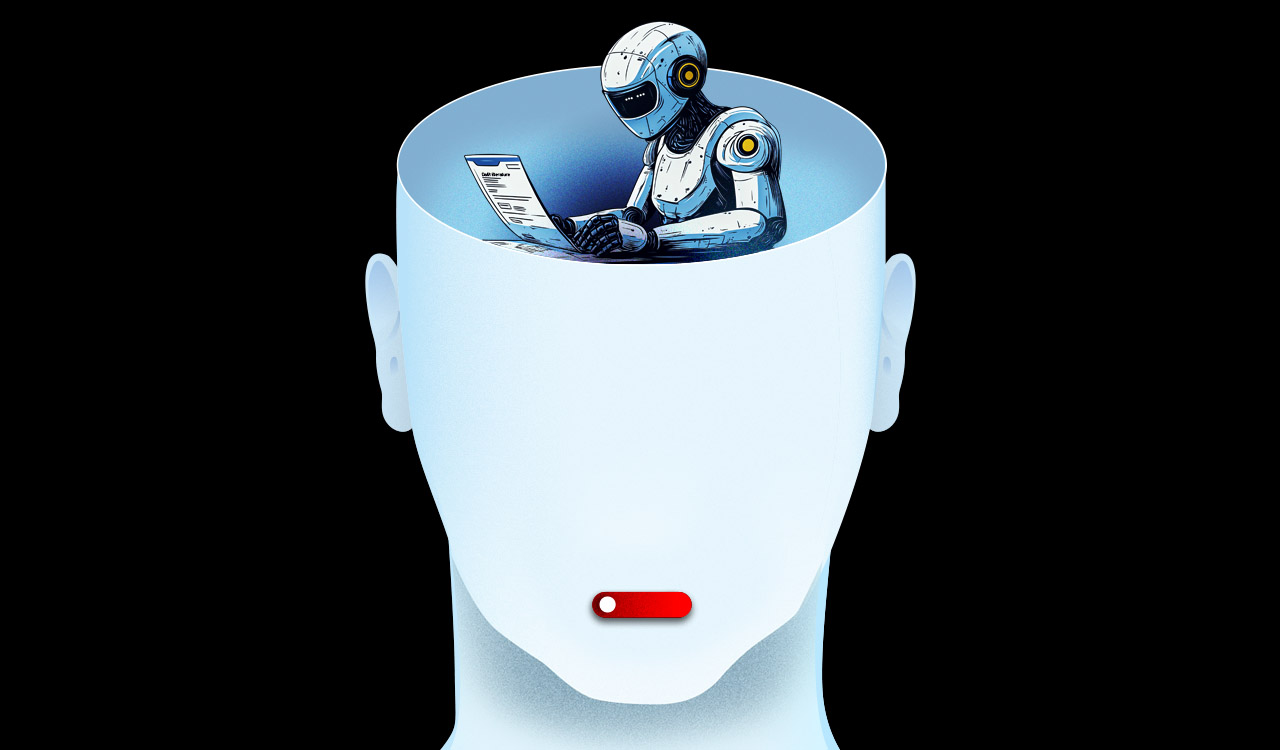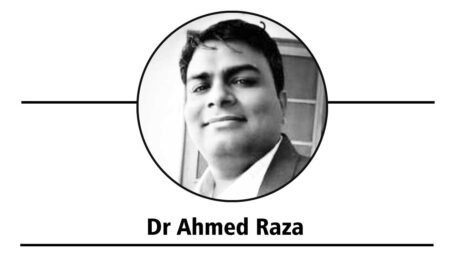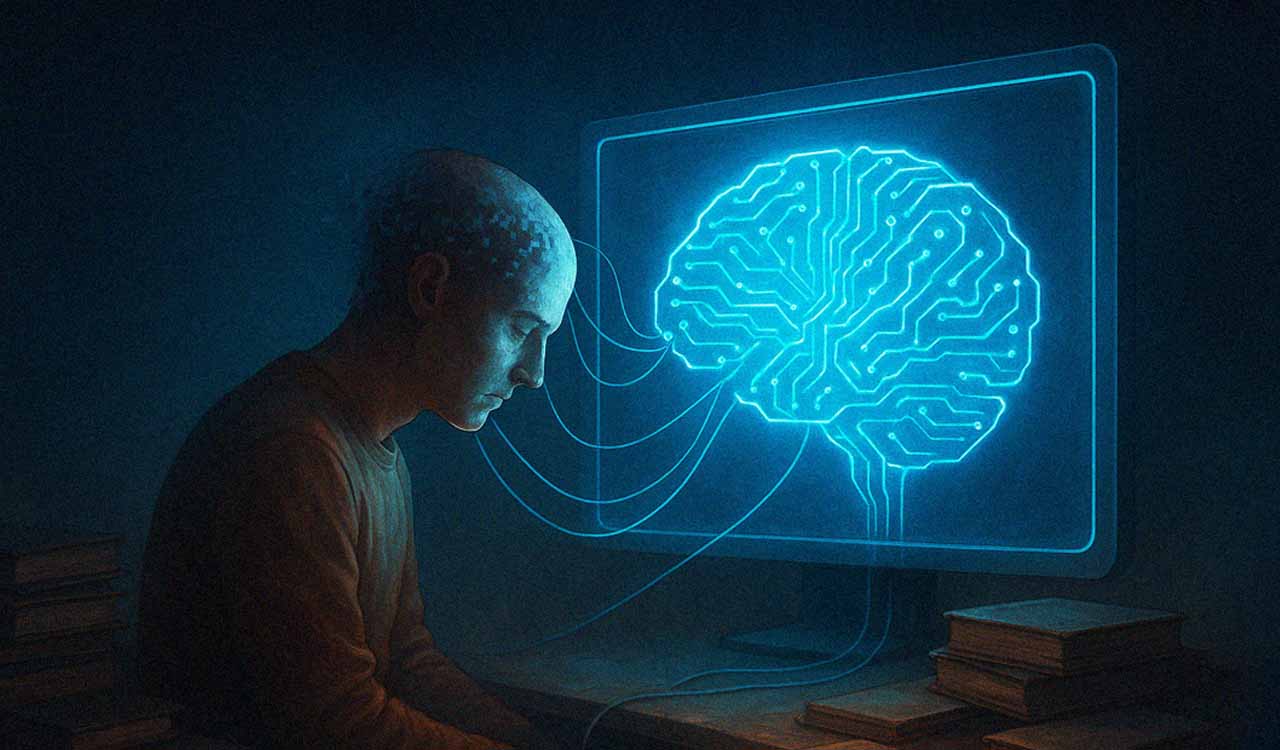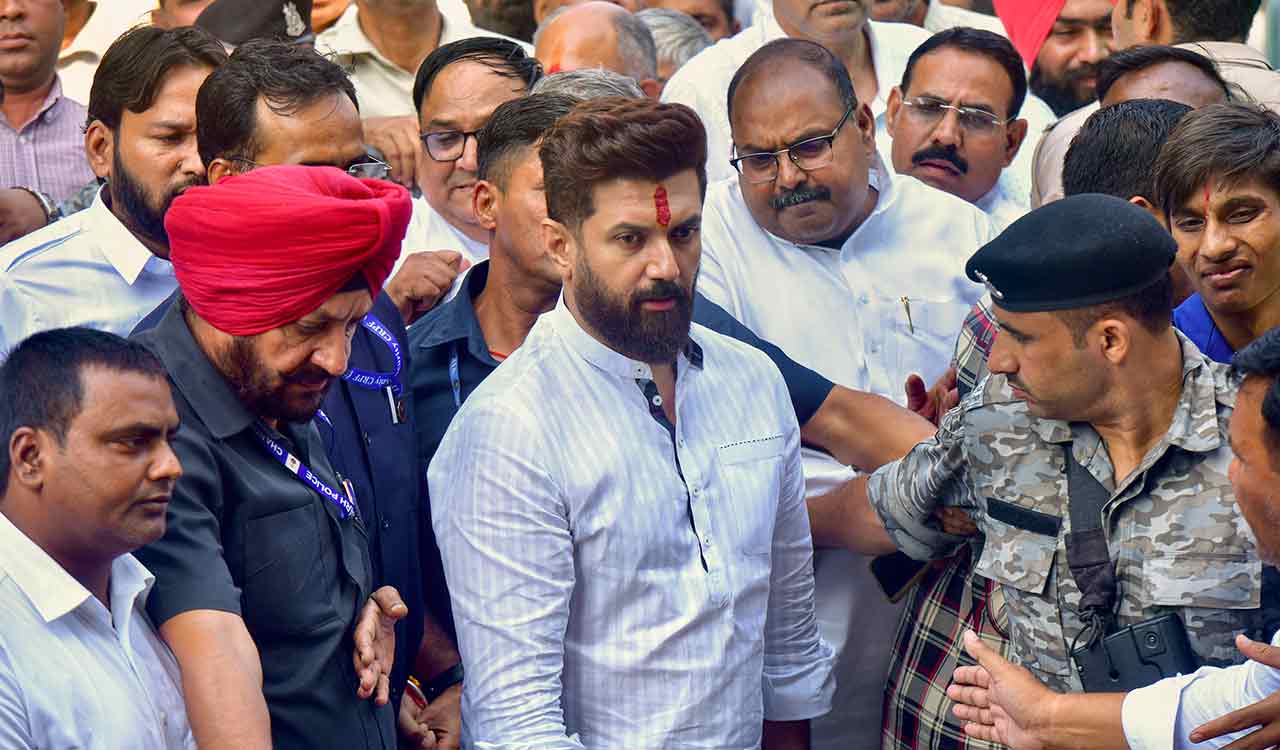Rewind: Silent erasure of Dalit voices, this time by AI!
Dalit literature faces a new threat — biased algorithms, poor digitisation, and academic neglect are pushing this powerful movement rooted in resistance and equality to the margins again

By Dr Ahmed Raza
Dalit literature, a significant post-Independence literary movement, today faces an existential threat — not by fire or censorship, but by neglect, disinterest, and biased algorithms.In an increasingly digital world and an education system skewed toward dominant narratives, the true essence of Dalit literature and its role in understanding caste discrimination is being diluted, ignored, or distorted.
Also Read
Dalit literature represents a powerful body of writing rooted in the lived experience of caste-based oppression, resistance, and emancipation. Emerging from the voices of India’s most marginalised communities, Dalit literature is an assertion of identity, human dignity, and equality.
However, the widespread use of artificial intelligence (AI), declining interest among non-social science students, the persistent non-digitisation of Dalit texts, institutional bias in acquiring books on Dalit literature, and the failure of India’s schooling system to integrate Dalit perspectives all mean that a generation relying on AI grows up with a distorted and incomplete understanding of caste realities in India.
As defined by Arjun Dangle, Dalit literature aims to raise awareness about the caste system while examining it through a sociological lens. Rooted in principles of negativity, rebellion, and scientific rationality, Dalit writing challenges traditional hierarchies and advocates for social change. Its revolutionary nature reflects a conscious effort to resist marginalisation and assert the dignity and identity of Dalit communities. Thus, Dalit literature serves as both a form of protest and a catalyst for transformative discourse in Indian society.
A Continuing Reality
According to the National Crime Records Bureau (NCRB), crimes against Scheduled Castes (SCs) increased by over 17 per cent from 2018 to 2022. In education, dropout rates for Dalit students remain disproportionately high; in rural India, nearly 30 per cent of Dalit students leave school before completing Class 10. In employment, despite affirmative action policies, Dalits remain underrepresented in higher judiciary, corporate leadership, and academia.
Caste discrimination is not just social but structural. From segregation in hostels and places of worship to violence for riding a horse at weddings, caste-based atrocities persist across States and class strata. Dalit literature documents these lived realities, which are often overlooked in mainstream media.
Algorithms aren’t Neutral
Algorithms are often seen as neutral tools that simply process data without bias. However, they reflect the prejudices present in the data they are trained on. In India, where data is shaped by deep-rooted caste hierarchies, this has serious consequences. Dalits and Muslims are often misrepresented or excluded by algorithms that classify their communities as “high risk” due to historical poverty.
Elite institutions favour upper-caste applicants, reinforcing inequality in CV screening. As a result, instead of offering fairness, algorithms can amplify social discrimination, leading to systemic exclusion at scale — especially for marginalised groups like Dalits — despite the illusion of objectivity.
Caste discrimination in academia also takes a serious psychological toll on marginalised students and faculty, causing stress, anxiety, and, in extreme cases, suicide. It leads to academic and professional setbacks, as biased treatment, lack of support, and exclusion from networks hinder progress and reduce career opportunities. These practices deepen educational inequality by denying marginalised communities equal access and representation in higher education and professional fields.
New Form of Exclusion
Caste-based bias in AI is emerging as a critical concern in India, paralleling global concerns about racial bias. This bias originates from the use of prejudiced and unrepresentative datasets that reflect dominant caste perspectives.
The upper caste dominance in India extends across culture, academia, economy, politics, and now technology. AI is increasingly shaped by powerful groups, leading to underrepresentation and biased algorithms that serve their interests.
While not inherently unethical, this use of AI exacerbates inequality and portrays the technology as a barrier to social justice, rather than a neutral tool. The unequal access and control over AI reflect broader systemic disparities, raising concerns about fairness and inclusivity in its development and application within Indian society.
AI tools in India often fail to represent Dalit and marginalised communities due to a deep misalignment between Western-centric notions of algorithmic fairness and India’s complex socio-cultural realities. Imported models of fairness overlook caste, regional disparities, and structural inequities rooted in centuries of exclusion.
The absence of reliable socio-technical infrastructure for Dalits, Adivasis, and women leads to their underrepresentation or complete erasure in datasets. This digital divide is stark — only 14.1 per cent of Scheduled Tribes (STs) and 13.5 per cent of Scheduled Castes (SCs) are computer literate, compared to 31.2 per cent of upper castes. Consequently, algorithmic outcomes in crucial sectors like policing, employment, and loans become skewed.
Moreover, AI developers in India are predominantly from privileged caste and class backgrounds, often from elite institutions. Their detachment, combined with weak regulatory oversight, produces opaque, “black box” algorithms that evade public accountability.
For AI to be fair, it must be re-imagined within local contexts. This means engaging marginalised communities, building inclusive data ecosystems, and fostering a culture of transparency and critique.
Disinterested Academia
Despite caste being a deeply embedded issue, most students in engineering, medical, business, and science fields graduate without any meaningful exposure to Dalit literature or caste dynamics. The Indian education system has confined caste-related discourse primarily to the social sciences, preventing a broader, cross-disciplinary understanding.
Institutions like the IITs, IIMs, and AIIMS — which have faced serious allegations of caste-based discrimination, including the tragic suicides of Dalit students — offer minimal curricular engagement with anti-caste thought. This academic silence contributes to a lack of awareness and empathy among students, many of whom later occupy influential roles.
Missing Archives
Despite India’s push toward digital learning, much of Dalit literature remains un-digitised. Pioneering works in Marathi, Tamil, Telugu, Kannada, and Hindi are often published by small presses without access to digital archiving. As of 2024, the Digital Library of India and National Digital Library still lack comprehensive Dalit literature collections, particularly vernacular autobiographies, regional poetry, and essays.
This exclusion from digital ecosystems means that AI systems, digital classrooms, and search engines lack access to this material. The cost of translation and the absence of state-led initiatives deepen the divide. Many crucial works, like Babytai Kamble’s The Prisons We Broke or Kalyana Rao’s Untouchable Spring, remain confined to academic or activist circles.
English-language works by Dalit authors such as Sujatha Gidla, YashicaDutt, and Suraj Yengde briefly captured attention but failed to sustain visibility due to structural barriers. AI systems tuned to mainstream cultural trends rather than academic archives fail to recommend these writings to general audiences, reducing their accessibility and visibility.
Many universities and academic institutions in India display an implicit bias when it comes to procuring Dalit literature. Library budgets often prioritise mainstream or upper-caste-authored texts, sidelining works by Dalit writers. Committees often lack representation from marginalised communities, leading to exclusionary choices.
One of the most serious gaps lies in India’s school curriculum. NCERT textbooks make only limited reference to caste, often presenting it as a past problem resolved by reformers like Mahatma Gandhi. Dalit leaders such as BR Ambedkar are reduced to token figures, with their critiques often omitted. This produces generations of students unfamiliar with caste realities.
Dalit literature is not just a literary genre but a moral and political imperative to recognise the pain, resistance, and humanity of historically oppressed communities. Yet, as the world becomes more digitised, these voices risk erasure — by neglect, disinterest, and biased algorithms.
To truly understand caste discrimination, it is not enough to passively consume information. We must actively seek, read, teach, and digitise Dalit writings. Only then can society move towards equality in both spirit and practice.

(The author is Assistant Professor, Department of Public Administration, MANUU [a central university], Hyderabad)
Related News
-
KTR condemns Congress attack on BRS candidate in Kamareddy, warns of serious consequences
13 mins ago -
Hyderabad scientist wins IEI Young Engineer award 2025
18 mins ago -
Losing candidate attempts to assault winner’s husband in Asifabad
25 mins ago -
Ancient idol of Durga Devi found in Mancherial
28 mins ago -
Telangana: One killed, four injured in industrial blast at steel unit in Medak
28 mins ago -
Maharashtra: Rapido rider held for molestation, theft from woman passenge
35 mins ago -
PG students allege harassment by mess-in-charge at Women’s University hostel
43 mins ago -
BRS holds ground in second phase of Khammam gram panchayat polls
46 mins ago




